Feb 23, 2024 by Mark Dingley
The power of a brand collaboration is undeniable. The search for “brand collab” has increased by 1,150% in the past 10 years, according to Google Trends.
Brand collaborations can drive awareness and engagement, expand your audience, ignite innovation, and change brand perception among consumers.
What’s more, consumers like seeing their favourite brands team up. According to research, 71% of consumers enjoy co-branding partnerships and the new product options they bring about.
Consumers also want brands to help enact real change for the environment. According to a survey from McKinsey & Co, 66% of all respondents, and 75% of Millennial respondents, say they consider sustainability when purchasing.
It’s no wonder forward-thinking brands put sustainability at the heart of their collaborations.
Here, we share our favourite sustainable brand collaborations and the top takeaways from their success.
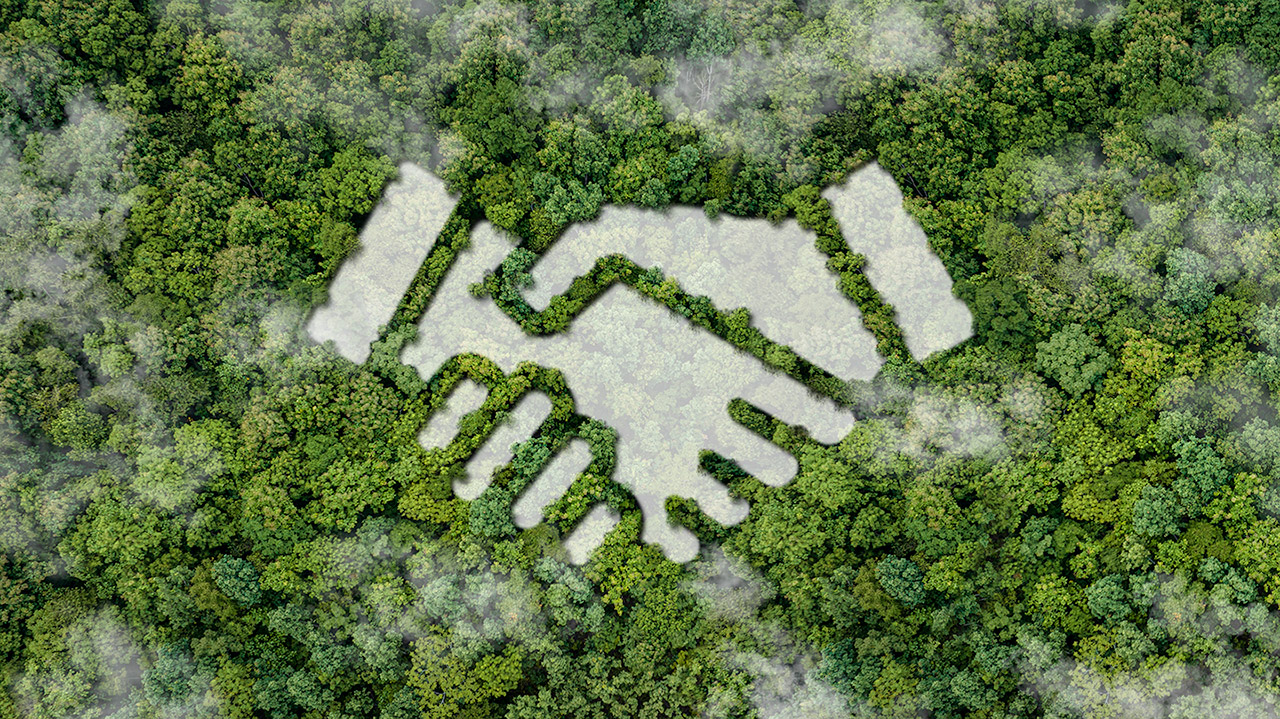
What would you do with Cornflakes and Crunchy Nut bits that are the wrong size to sell?
This was the problem Kellogg’s solved when it teamed up with New Zealand brewery Hallertau to launch a limited-edition beer.
Here’s the twist: The beer was made from Crunchy Nut cereal.
The UK arm of Kellogg’s did the same with UK brewery Seven Bro7hers Brewery to launch a Cornflakes-inspired beer, called Throw Away IPA.
Both collaborations were designed to eliminate food waste in Kellogg’s manufacturing processes by using cereal pieces that don’t meet strict quality control, as they are either too big, too small or overcooked.
Takeaway: Think creatively about collaborations to reduce waste in your manufacturing process and add value to another business.
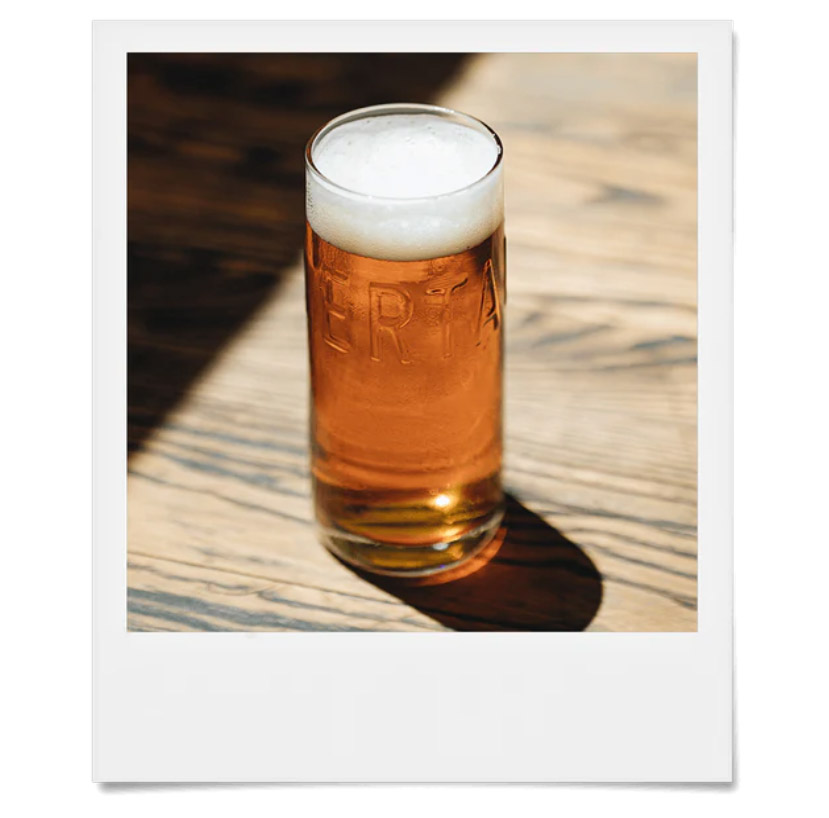 Image credit: https://hallertau.co.nz/
Image credit: https://hallertau.co.nz/Global tech company Casetify teamed up with The Earth Day Network to design and make the world’s first 100% compostable and biodegradable phone cases.
The Earth Day Collection features products made using discarded phone cases with designs inspired by nature and the environment. This meets Casetify’s mission of reducing virgin plastics and their environmental footprint.
At the same time, The Earth Day Network benefited by reaching Casetify’s massive community of over 2 million followers, meaning it could get the word out to a like-minded audience about its mission.
Casetify also used the phone-case launch to announce its partnership with The Earth Day Network to plant 7.8 billion trees. Casetify plants one tree for every compostable phone case, biodegradable phone case, and reusable water bottle sold.
Takeaway: Don’t stop at product creation. Think bigger for your collaboration by tying it into your sustainability mission, and consider how you can partner in more ways.
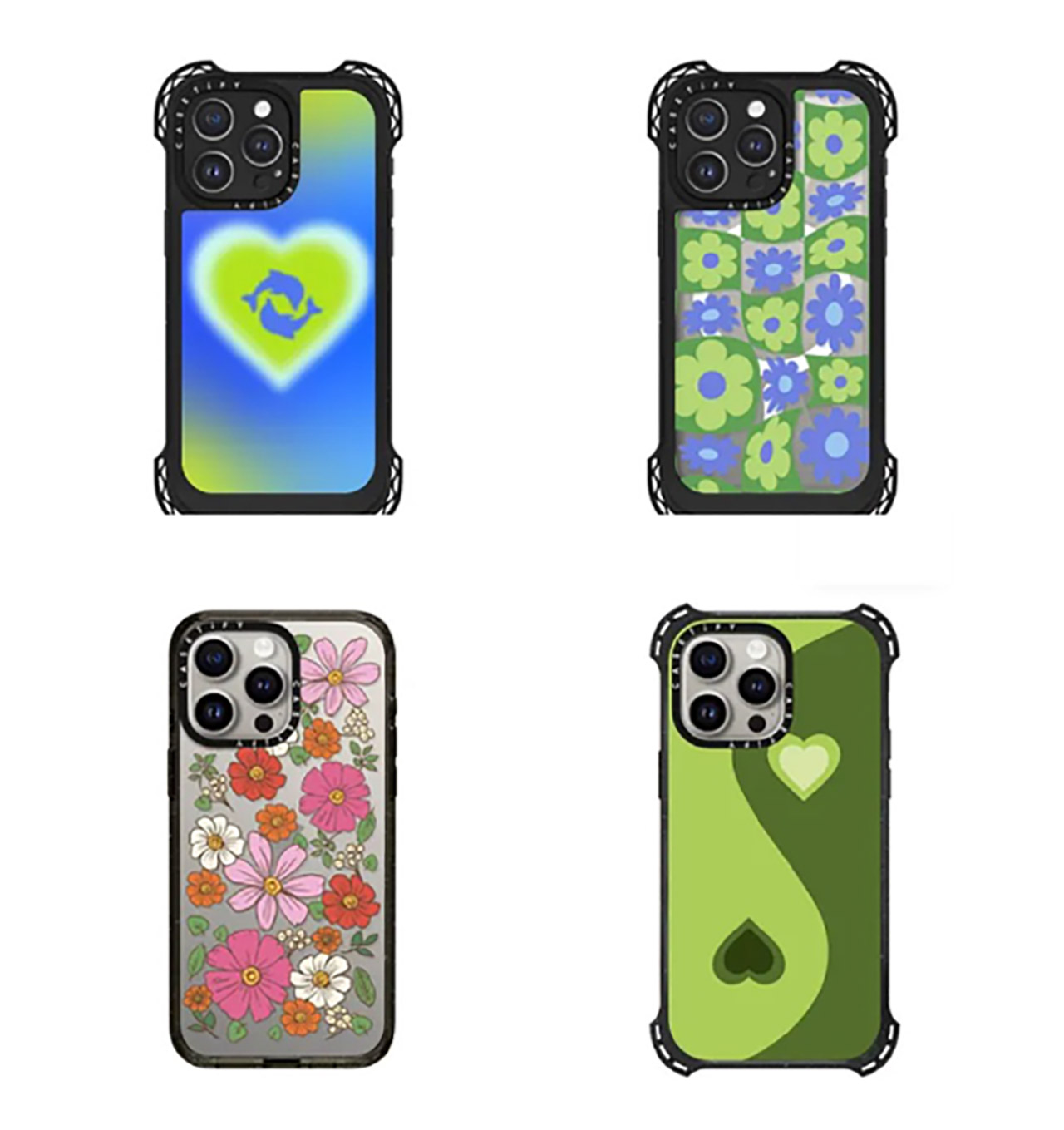 Image credit: https://www.casetify.com/collection/earth-day-collection
Image credit: https://www.casetify.com/collection/earth-day-collectionVictorian craft brewery Bright Brewery was inspired to collaborate with Protect Our Winters (POW) Australia to make an impact on environmental issues closer to home.
Located at the foot of the Victorian Alps, Bright Brewery wants to do everything it can to protect the unique alpine environment. That’s why the brewery co-created the POW Pale Ale, with part-proceeds of every sale going directly to POW Australia to help encourage positive action against climate change.
The brewery has extended the partnership to create an exclusive clothing range, along with special events dedicated to the love of the outdoors, environmental awareness and community action.
Takeaway: Find a purpose that’s close to your customers’ hearts. Bright Brewery knows that its customers love the outdoors – especially the mountains – so they can drive customer loyalty and engagement through the collaboration.
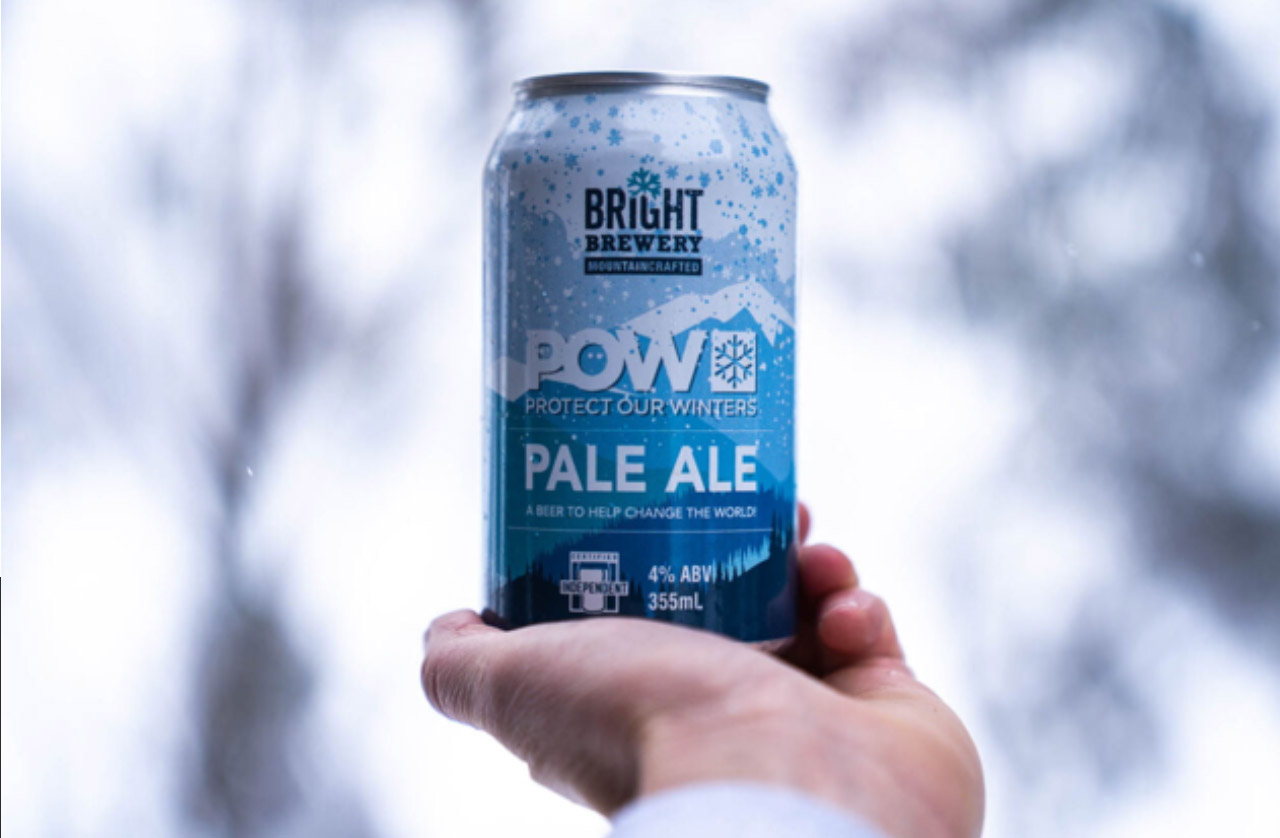 Image credit: https://brightbrewery.com.au/POW/
Image credit: https://brightbrewery.com.au/POW/We couldn’t make a list of sustainable brand collaborations without including the undisputed king of sustainability, Patagonia. After all, it was only last year that its founder, Yvon Chouinard, gave away the $4.4 billion company to a non-profit organisation to ensure that all of its profits are used to combat climate change and protect undeveloped land around the globe.
In 2023, through its food & beverage arm Patagonia Provisions, the company unveiled a partnership program with 11 independent craft breweries across the United States to introduce lager-style beers brewed with organic ingredients and regenerative, organic-certified Kernza®. (Kernza® is harvested from intermediate wheatgrass, a “cousin” of annual wheat that’s been grown in the USA as livestock fodder and is now being used in human food.)
Each beer is unique, exclusive to its geography and is Patagonia-branded.
So why is Patagonia interested in beer? The program aims to scale regenerative-farming practices and perennial ingredients that improve soil health, restore ecosystems and help fight the climate crisis.
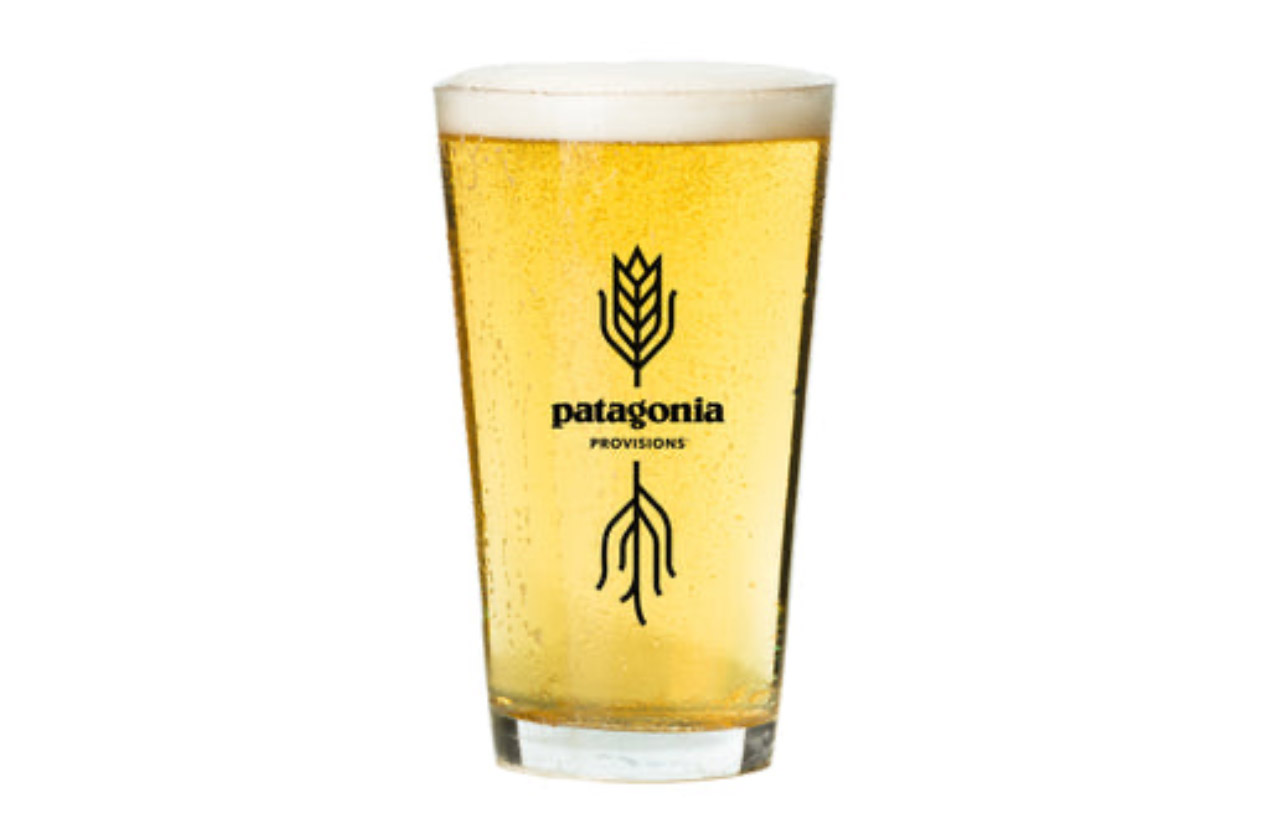 Image credit: https://www.patagoniaprovisions.com/pages/why-beer
Image credit: https://www.patagoniaprovisions.com/pages/why-beerIt also makes a fantastic lager.
Participating breweries will contribute 1% of their Patagonia beer sales to local non-profits supporting environmental initiatives to sweeten the partnership, with Patagonia matching these donations.
Takeaway: Go big. Why collaborate with one brand when you can bring many brands on board? If you have a clear purpose, you can maximise your results by bringing multiple brands into the partnership.
What if you turned a rival into a collaborator? That’s precisely what Adidas and Allbirds did when they teamed up to do the seemingly impossible: create a running shoe with no carbon footprint.
The two companies were already on separate missions to reduce their brands’ environmental impacts, making this match perfect. Adidas used recycled plastic in its Parley for the Oceans collaborations and had already introduced a fully recyclable, closed-loop sneaker.
Meanwhile, Allbirds mainstreamed natural, renewable resources such as wool and sugar-cane and began labelling its products by their carbon output.
But then the two brands realised they could go further if they worked together.
The result was the Adizero X Allbirds 2.94 KG CO2e running shoe, which, as the name suggests, has a carbon footprint of just 2.94 kg CO2e.
While it’s not zero yet, the shoe is ahead of the competition, and the brands have paved the way for others in the industry.
Takeaway: Turning a competitor into a collaborator can speed up progress and help you take on more significant issues that you can’t tackle alone. Adidas and Allbirds are still working together to find the zero-footprint shoe.
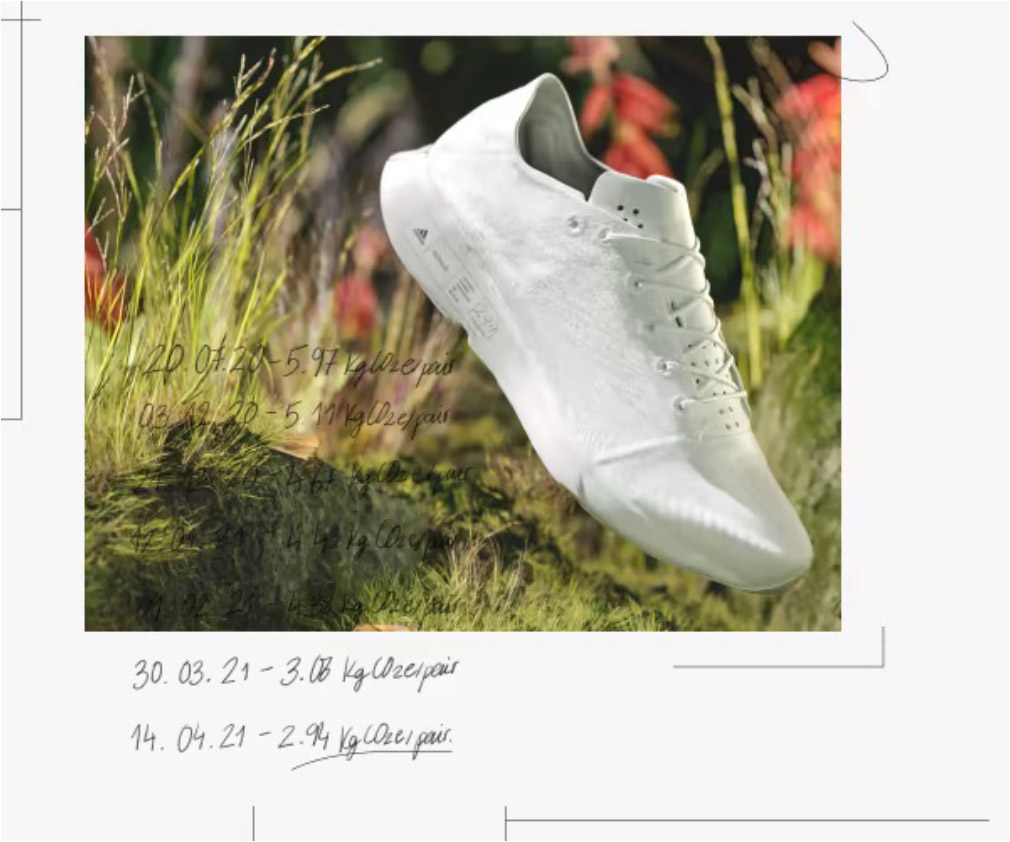 Image credit: https://www.allbirds.com.au/pages/allbirds-adidas-futurecraft-collaboration
Image credit: https://www.allbirds.com.au/pages/allbirds-adidas-futurecraft-collaborationWhen it comes to sustainability, there’s strength in numbers. Joining forces with a brand that matches your values can lead to incredible results for the environment and your business.
Inspired to be more sustainable? Here are 9 sustainable Australian companies to learn from and you can learn more about sustainable manufacturing here. You can also unlockthe secrets of successful brand partnerships for small businesses.